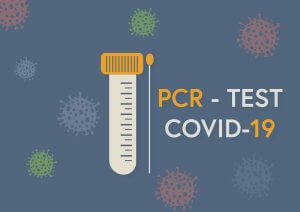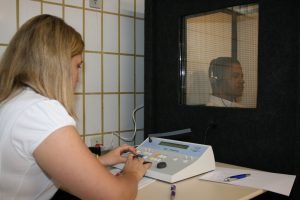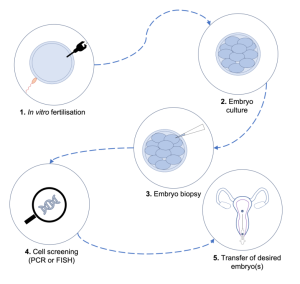概要
An endoscopy is a procedure through which the organs inside your body are visualised. It uses an instrument called an endoscope that is a thin, flexible, tube-like instrument that has a light camera at one end. It is connected to a computer or screen which shows the images and videos of your organs.
In this article, we will go through the different types of endoscopic procedures and their uses.
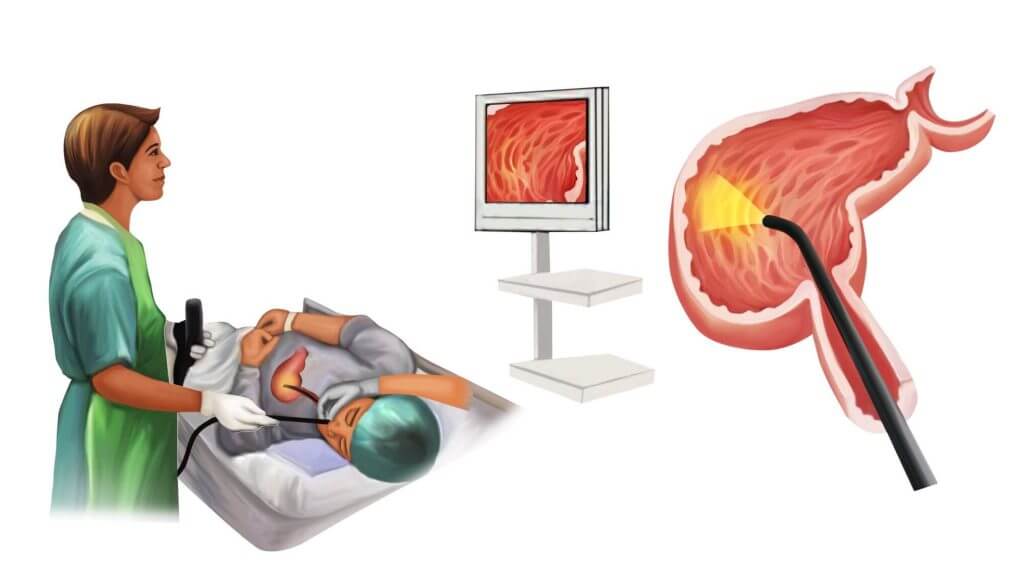
適応症
Endoscopy can be classified into several types according to the body part it is used to investigate. This makes it a very useful procedure for a number of different conditions. It can help diagnose certain diseases and even perform surgeries.
Several types of endoscopies clinically used are:
- 気管支鏡検査 – used to visualise your airways or your respiratory system (lungs, bronchi)
- Gastroscopy – used to visualise your oesophagus, 胃, and other abdominal organs
- Hysteroscopy – used to visualise the inside of your womb aka your uterus
- Cystoscopy – used to visualise the inside of your bladder
- Flexible sigmoidoscopy – used to visualise the lower part of your large intestine (bowel)
- Colonoscopy– used to visualise your rectum and your colon (large intestine)
- Endoscopic ultrasound – this is an advanced technique used to take sonographic images of internal organs like the pancreas as well as taking a tissue sample (biopsies)
- Wireless capsule endoscopy – uses a pill that has a camera in it. You swallow it and the wireless camera sends pictures of your internal organs.
An endoscopy can be recommended for a number of different scenarios:
- Problems or difficulty with swallowing (dysphagia)
- Persistent or intermittent stomach ache – gastroscopy is recommended
- Having chronic (long-term) diarrhoea – gastroscopy or colonoscopy may be recommended
- Bloody stool – a colonoscopy is recommended
- Extreme constipation
- Coughing up blood – bronchoscopy is recommended
- Dysmenorrhea (irregular periods) – hysteroscopy is recommended
- Abnormal urination or haematuria (blood in the urine) – cystoscopy is recommended
- Heartburn or indigestion
- 意図しない体重減少 – this can imply a chronic disease affecting your body.
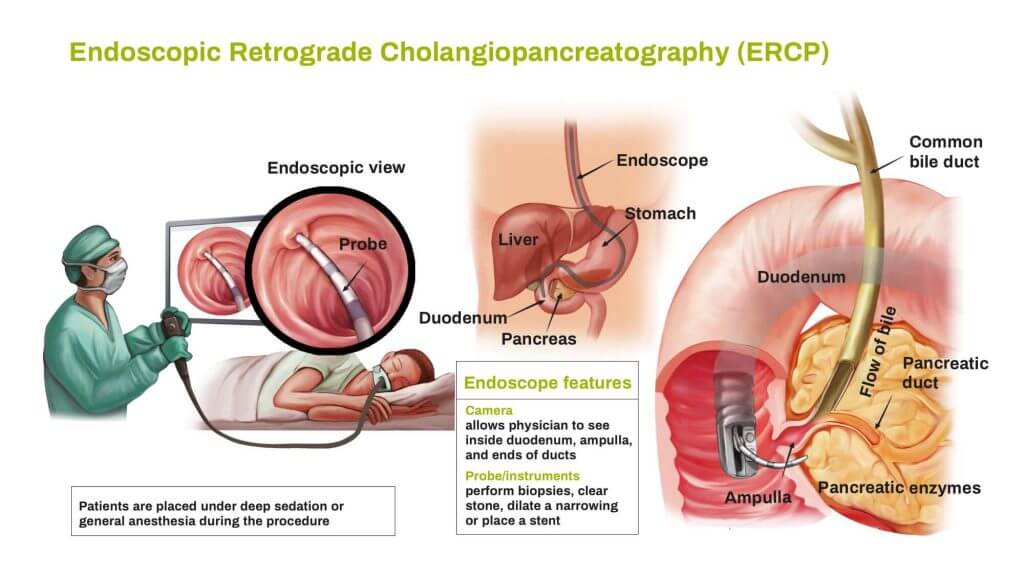
手順のリスク
Endoscopy is typically a safe procedure and it carries a very low-risk profile. Endoscopy is usually done with the use of some anaesthetics, and these can sometimes cause some unpleasant side effects such as:
- A feeling of being sick
- Pain during administration or bruising at the site of injection
- Hypotension – sedative can cause blood pressure to fall
- Breathing difficulty or respiratory depression
Rarely, the following complications may occur:
- Infection in organ or tissue that was examined by endoscopy – this can present as high, -persistent fever, pus from the site of endoscope entry, and swelling.
- Tearing or perforation of the tissue or organs – this can occur if endoscopy is used to take biopsies (tissue sample).
- Coughing up blood
- Blood in your stool (faeces)
- Difficulty swallowing
You should inform your doctor if you experience any of these symptoms, immediately.
患者の準備
Endoscopies are usually performed in a hospital by specialised doctors. The preparation of endoscopy depends upon the part of your body that is going to be examined.
Generally, you would be advised to:
- Avoid eating food several hours before your exam or in some cases a night before your exam.
- You may be prescribed a laxative to clear your colon from any residual mass – this is usually prescribed before a colonoscopy or sigmoidoscopy
- You would also need to alter the intake of medicines e.g.; any blood-thinning medicines such as aspirin and warfarin several days before your exam. You should tell your doctor about all the medicine that you take or are prescribed.
- You should bring someone along with you whom you can go back home with. This is necessary as the sedatives given during the procedure can make you dizzy.
- When you arrive in the hospital, you would need to change into a hospital gown.
Procedure
An endoscopy is usually a painless procedure; however, most people feel uncomfortable to some extent. The procedure typically takes about thirty to sixty minutes.
You will be lying on a flat table and in a certain position according to the endoscopy being performed. You will be administered a sedative intravenously (IV), which will make you sleepy but you will still be awake.
The endoscope will be carefully inserted into your body and depending on the type of your procedure it will be inserted into your:
- mouth or nose down your throat
- through your anus or rectum
- urethra (your pee hole)
- an incision in a part of your body
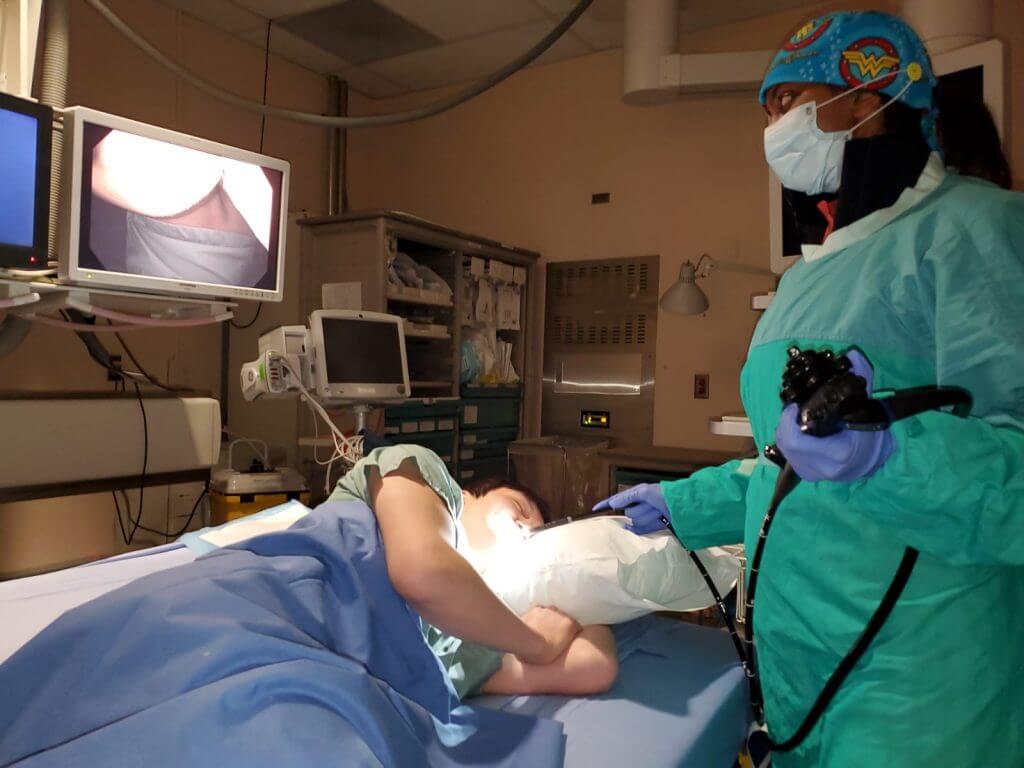
患者の回復
Your doctor will free you in a little while if no biopsies are taken. In the case of biopsies, your doctor might ask you to stay for some time to make sure you don’t have any complications.
As mentioned above, endoscopic procedures require sedatives. The sedative will keep you in an altered mental state for a couple of hours.
You will need a family member or friend to take you home after your endoscopy. You should rest and relax for the rest of the day as the sedative will wear off completely in about 24 hours.
In case you were not given a sedative before your endoscopy, you can go home shortly right after your test.
結果
The results of your endoscopy will be given to your doctor who will interpret it and tell you the results. Your doctor will share the results in a day or two. If biopsies are taken, the results might take around 1 to 2 weeks to come. According to your results, your doctor will either diagnose your condition or rule out some diseases. You might be recommended further testing or endoscopies if your results show some malignancy (cancer).
https://www.nhs.uk/conditions/endoscopy/
Health Literacy Hub Webサイトで共有されるコンテンツは、情報提供のみを目的として提供されており、州または国の資格のある医療専門家が提供するアドバイス、診断、または治療に代わるものではありません。読者は、他の情報源から提供された情報を確認し、自分の健康に関して質問がある場合は、資格のある開業医のアドバイスを求めることをお勧めします。 Health Literacy Hubは、提供された資料の適用から生じる直接的または間接的な結果に対して責任を負いません。

